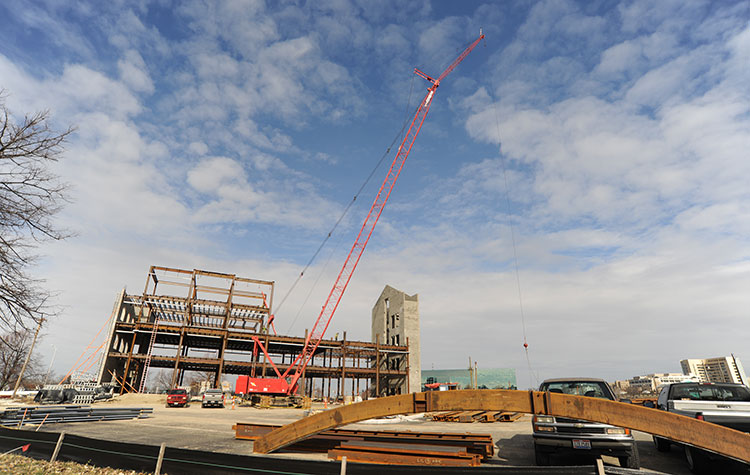Field Monitoring of Active Zone and Cracked Retaining Wall
Document Type
Conference Paper
Publication Date
3-2009
Publication Source
Contemporary Topics in Ground Modification, Problem Soils, and Geo-Support
Abstract
In this study, the causes of distress (crack movement) in the face panels of a 244 m (800 ft) long and 4.6 m (15 ft) high retaining wall was investigated by instrumenting the active zone adjacent to the wall. The foundation of the retaining wall was placed in a CH soil few feet below the surface and the ground water table was about 7 feet below ground. Total of three boreholes were instrumented to determine the vertical and horizontal ground movements in the active zone and to determine the variation of matric soil suction adjacent to the wall. The instrumentation included tensiometers, extensometers and an inclinometer. Two additional boreholes were instrumented with extensometers and pore-water transducers to determine the consolidation settlement. The crack opening and closing in the retaining wall panels were measured regularly.
Inclusive pages
1-8
ISBN/ISSN
9780784410233
Copyright
Copyright © 2009, American Society of Civil Engineers
Publisher
American Society of Civil Engineers
Place of Publication
Orlando, FL
Peer Reviewed
yes
eCommons Citation
Vipulanandan, Cumaraswamy; Vembu, Kalaiarasi; Sivaruban, Navarathinarajah Ruban; and Bilgin, Ömer, "Field Monitoring of Active Zone and Cracked Retaining Wall" (2009). Civil and Environmental Engineering and Engineering Mechanics Faculty Publications. 38.
https://ecommons.udayton.edu/cee_fac_pub/38
COinS




Comments
Permission documentation is on file.